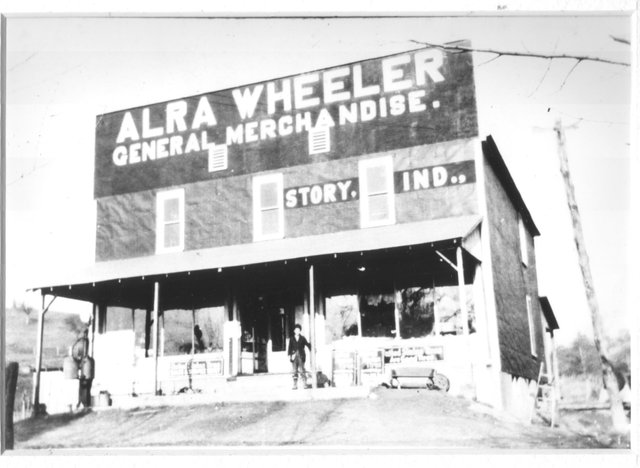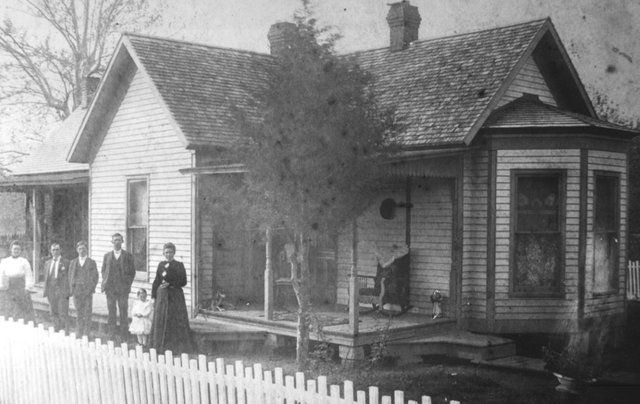story indiana
Brown County, Indiana, was built in 1836 from the part of Monroe, Delaware, Jackson, and Bartholomew County. Land acquired from native American tribes in two parts, based on a contract line from Southeast to North-West. Known as the "Ten OneCode Agreement Line" and later referred to as "Indian Boundary Line", the line of land was known as "Harrison Purchase" in 1809 in the port of Fort Wayne (1803). Land of the line was known as "new purchase" in St. Mary's contract in the northeast of 1818. [3] The covered area of the area was opened in the European settlement on September 30, 1809. The so-called "ten hour contract" is open for 30 million acres (12,000 km²) to settle, from the Rockon Creek to Montjuia, a line is running from the WAS Sea to the semester, which is marked by the films on 30 September at 10am. The line that turns the story into the village will be crossed by heart. Today, this line is described by Story Monument in the center of the village's green center.
Stone Village is named after Dr. George P. Story was named, in 1851, President Mammoth Fillamer received land patent for 173 acres of land. This mainland is displayed in Sten-in-In. In the beginning of the 1850s, Dr. Sterer was settled in the area of Ekre from Oriya. Family farm, medical practice practice, a town school and a grist call are established for the following twenty years, requesting local reference to the area as "Storyville". In 1882 the village story was formally created, when Dr. Aronold S. Gripit conducts medical practice and cultivation activities and establishes a dry goods shop which was kept in the first post office. The first church church in the village was also established. Story-Griffith House (A C.1858 Am-house) is now part of Story Ines. [4].jpg)
Van Buren Township, Brown County, Other Indiana villages The story grew in regional importance after the end of the nineteenth century. In the regional context of the General Store, it continued to be sustainable in the 1950s. In the mid-1880s and 1890s, the first and proprietary store and the village center of the Grist Mill, and later the Willard Phulas, were operated by Greetit and later added an addition to the story and it was understood from the earlier written story that the story was also a black weapon and a mud, both of which are usually Available in small villages. In the year 1900, stores and collective calls were sold to Alra and Mary Wheeler. They lived in Queen Anne style architecture in the Wheel-Hydric House (1894) and Stereo In
The main story is the general store before the general rise
After the expansion of the main store building in mid-1911 and early 1915, the building was burnt down in the middle of 1915. In a report, Wheeler's shop claims that "his stock was the largest county." [5] Although set back, in a short time, the construction of a new two-storeyed house building was "Wheeler General Store". The business has succeeded for the wheelers - the shop traveled through this area every week and provided traffic to Gargaon and the business was involved in crop circles operations. In an oral interview, it is claimed that the shop is used as a shopping center for Wool, Wheeler's Seymour, Indiana, and it employs six full-year employees.
Shortly after the rebuilding of the story, the new general store was built.
Wheel's family outside their house outside the story
The growth and success of the village and the need for the supply of hawkers wagon was required to open another-second one-second shop in the 1920s. However, it was closed in the early 1930's. A source in the 1929 story, "The village is now a rich little town with two shelters, an indigenous church, a school, and a host of habitats in the middle of the fertile farmland." [6]
Wheeler died in 1921, and in early 1924 Albert and Susan Hadrick bought a small amount of land in common shops, Swam Mill, Wheeler's house and the neighborhood. Hertrix bought partnership shop and related businesses with Ralph, their oldest son, and the name "Herikric and Swan Pharmacy" was renamed. In the 1930s, during the Hedrick family ownership in 1920, the most busy time for the General Store and its related operations was. The store sells the necessities of farm equipment, clothing, shoes, local production and meat. On March 194, the ad showed that the store was only in a handful of brown county that dedicated certified seeds to potatoes. [7] The meat sold in the store was also processed, the monochrome hogs in one year. By 1930, Ralph and his wife, Brunel and their younger son Robert Syltey lived in the house in 1920. Among other responsibilities, the Ralph saw and managed to feed the village
Steem tuner community te join hon. oikhane better guideline paben. https://discord.gg/CUXbkuj